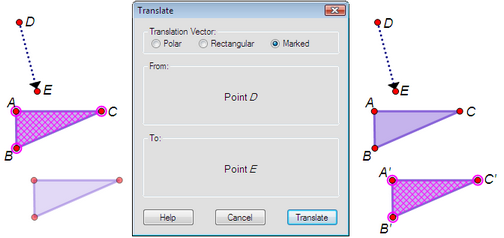

Rapid evolution of a native species following invasion by a congener. Defining terms for proactive management of resistance to Bt crops and pesticides. Human predators outpace other agents of trait change in the wild. Humans as the world’s greatest evolutionary force. Pattern and process of biotic homogenization in the New Pangaea. The Anthropocene could raise biological diversity. Has the Earth's sixth mass extinction already arrived? Nature 471, 51–57 (2011)

Global human appropriation of net primary production doubled in the 20th century. A measurable planetary boundary for the biosphere. Ocean Acidification Summary for Policymakers – Third Symposium on the Ocean in a High-CO 2 World (International Geosphere-Biosphere Programme, 2013) InternationalGeosphere-Biosphere Programme, Intergovernmental Oceanographic Commission, Scientific Committee on Oceanic Research. Contribution of Working Group I to the Fifth Assessment Report of the Intergovernmental Panel on Climate Change (eds Stocker, T. in Climate Change 2013: The Physical Science Basis. The evolution and future of Earth’s nitrogen cycle. 395, 23–28 (2014) This paper details the requirements and questions that will need to be addressed by the initial committee that will recommend whether or not an Anthropocene epoch is to be formally defined.Ĭanfield, D. The ‘Anthropocene’ as a ratified unit in the ICS International Chronostratigraphic Chart: fundamental issues that must be addressed by the Task Group. The Geologic Time Scale 2012 (Elsevier, 2012) This book is the latest GTS, including the formal assessments of Earth’s history divided into epochs, periods, eras and eons.įinney, S. 395, 29–37 (2014) This paper presents a view that there is not currently enough evidence to formally ratify a new Anthropocene Epoch. The term ‘Anthropocene’ in the context of formal geological classification. Is the Anthropocene an issue of stratigraphy or pop culture? GSA Today 22, 60–61 (2012) The Earth After Us: What Legacy Will Humans Leave in the Rocks? (Oxford University Press, 2008)Īutin, W. Biopolitics and climate security in the Anthropocene. The Anthropocene: a new epoch of geological time? Phil. Zalasiewicz, J., Williams, M., Haywood, A. The Anthropocene: are humans now overwhelming the great forces of nature. 41, 17–18 (2000) This paper suggested that the Holocene has ended and the Anthropocene has begun, starting the contemporary increase in the usage of the term Anthropocene.Ĭrutzen, P. Physical assets are more often recorded at historical cost whereas marketable securities are recorded at mark to market.Crutzen, P. Depreciation is always calculated based on historical cost whereas impairments are always calculated on mark to market. The historical cost method is often used for sunk costs or fixed expenses. Historical cost measures the value of the original cost of an asset, whereas mark to market measures the current market value of the asset. Historical cost accounting is another alternative method used to record the price or value of an asset.

This creates a situation in which guesswork and assumptions must be used to assign value to an asset, which makes the asset riskier. Assets that must be instead marked-to-model either don't have a regular market that provides accurate pricing, or have valuations that rely on a complex set of reference variables and timeframes. While marking to market is the industry standard, some assets simply do not have a good market price available for use.


 0 kommentar(er)
0 kommentar(er)
